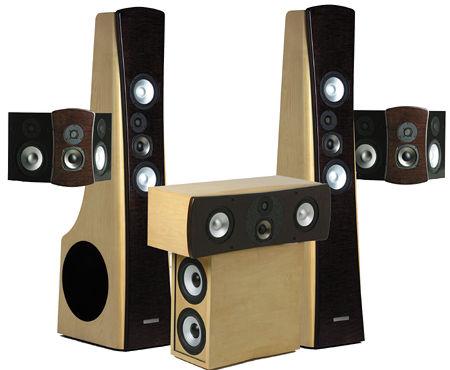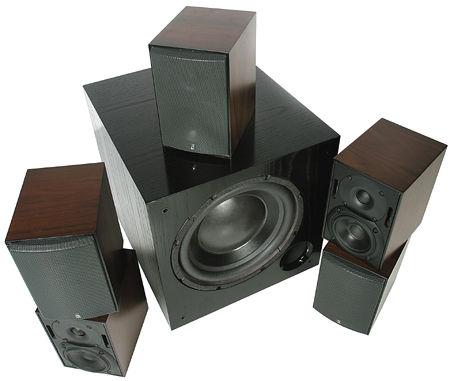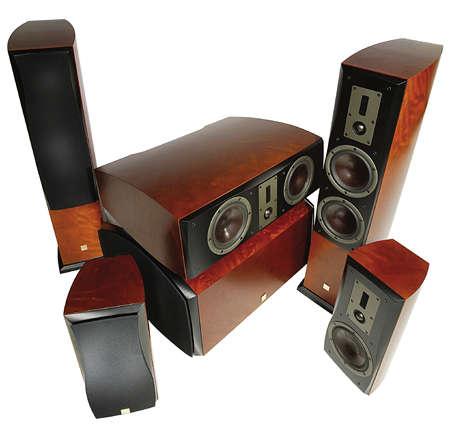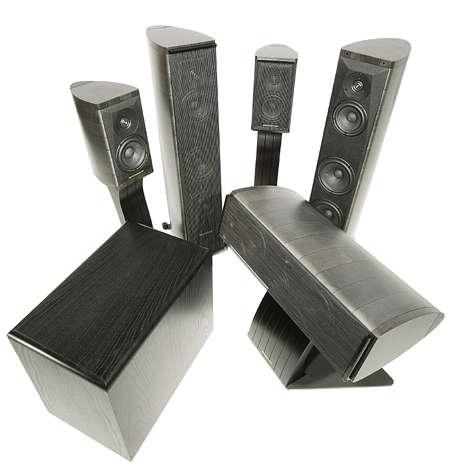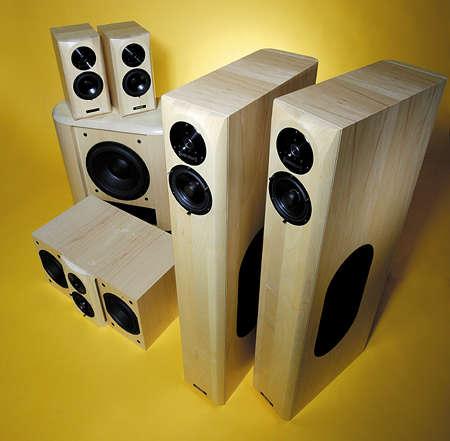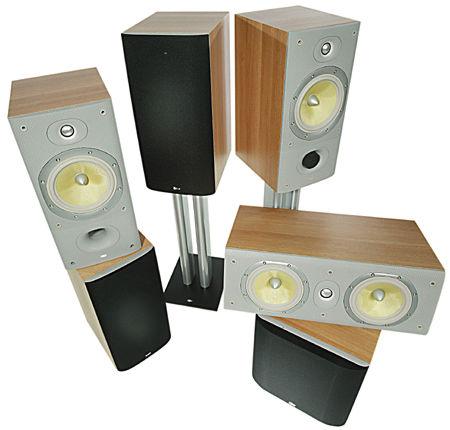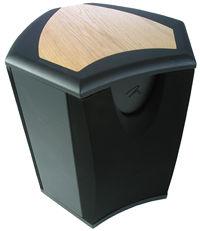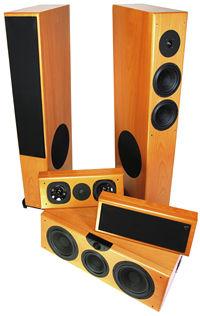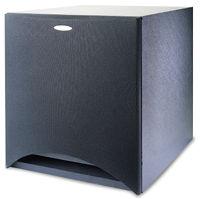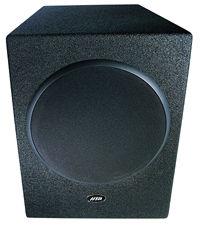Subwoofer Reviews
Sort By: Post Date TitlePublish Date
|
May 09, 2004
|
May 02, 2004
|
Mar 28, 2004
|
Feb 08, 2004
|
Dec 21, 2003
|
Dec 15, 2003
|
Nov 28, 2003
|
Sep 01, 2003
|
May 28, 2003
|
Mar 12, 2003
|
Mar 03, 2003
|
Feb 24, 2003 |
First Published: Feb 25, 2003
|
Dec 28, 2002
|
Sep 30, 2002
